China Dysprosium-iron Alloy price - Sep. 9, 2019
- Details
- Category: Tungsten's News
- Published on Monday, 09 September 2019 16:30
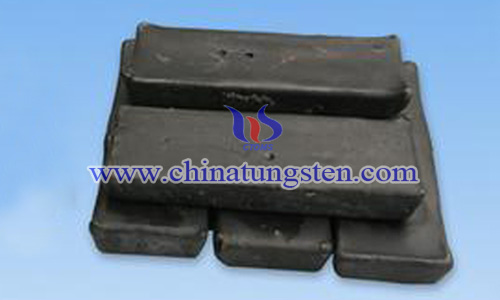
Rare earth market quotation in China: the dysprosium-iron alloy price keeps stable while terbium oxide and neodymium oxide prices climb slightly as market inquiry becomes active and insiders are confident of market outlook.
China Ferro Molybdenum Prices - Sep. 9, 2019
- Details
- Category: Tungsten's News
- Published on Monday, 09 September 2019 16:28
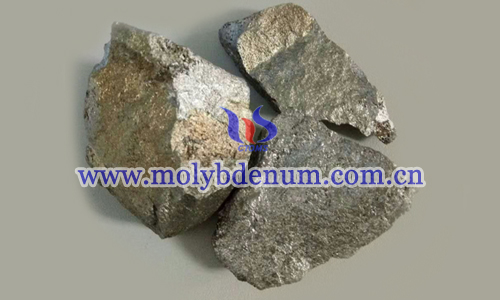
Molybdenum market quotation in China: the latest prices of ferro molybdenum, molybdenum oxide, molybdenum bar are unchanged from last week on thin market trading and heavy wait-and-see atmosphere.
Tungsten Concentrate Prices Stabilize on High Smelting and Processing Costs
- Details
- Category: Tungsten's News
- Published on Monday, 09 September 2019 10:36
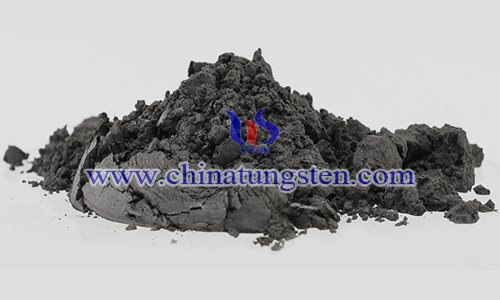
Analysis of latest tungsten market from Chinatungsten Online
The tungsten prices in China maintain stability when market participants face pressure from the demand and capital sides. Most of insiders are waiting for the average tungsten forecast prices from Ganzhou Tungsten, new offers from listed tungsten companies and the auction of Fanya stockpiles.
"Longyan Rare Earth Industry Matchmaking and Investment Promotion Meeting" Held in Xiamen
- Details
- Category: Tungsten's News
- Published on Monday, 09 September 2019 09:18
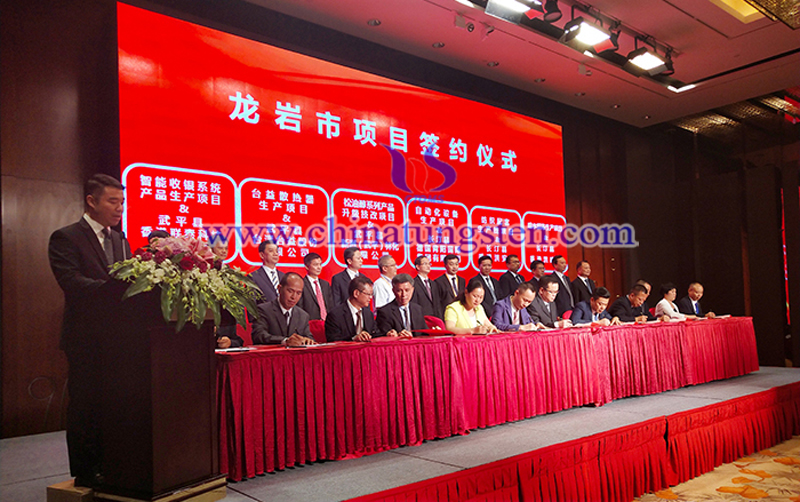
"Longyan Rare Earth Industry Matchmaking and Investment Promotion Meeting" held in Xiamen on September 7, On the same day, 7 rare earth industry investment projects were successfully signed with a total investment of 1.52 billion yuan, and the enterprises from Xiamen, Shanghai, Wuhan, Guangdong and Hong Kong, according to CNR report on September 8.
New Anode-Less Li-metal Cell Maintains 80% Capacity After 90 Cycles
- Details
- Category: Tungsten's News
- Published on Monday, 09 September 2019 08:59
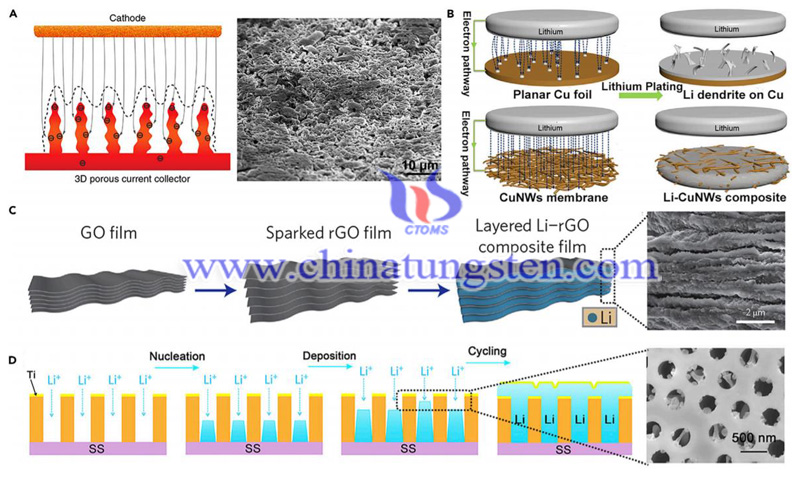
A team led by Professor Jeff Dahn at Dalhousie University with colleagues from Tesla Canada R&D and the University of Waterloo, demonstrated an anode-less Li-metal cell fabricated using dual-salt electrolyte (1 M lithium difluoro(oxalate) borate (LiDFOB) and 0.2 M lithium tetrafluoroborate (LiBF4) in a fluoroethylene carbonate (FEC): diethyl carbonate (DEC) solvent). Replacing the conventional graphite anode with lithium metal is one of the most popular approaches (to improve energy density), as this can increase the cell energy density by 40–50%.
Use of Tungsten Lamp Relaxed, Trump Ends Regulations on Light Bulbs
- Details
- Category: Tungsten's News
- Published on Monday, 09 September 2019 08:41
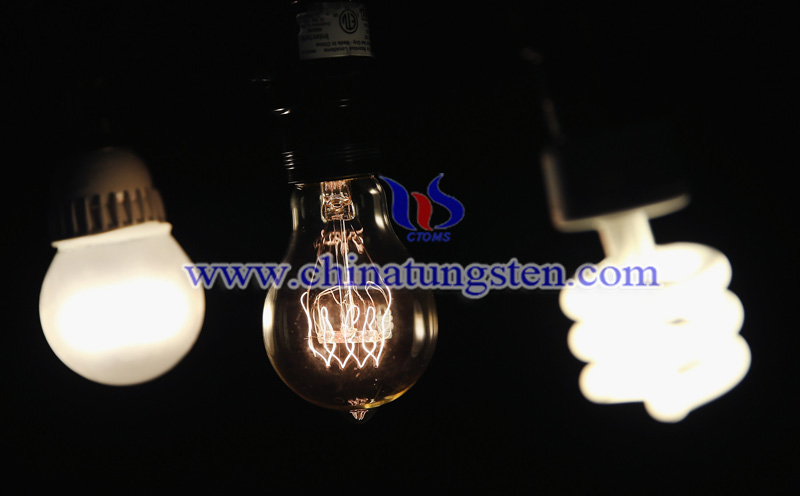
The use time of tungsten lamp has been extended, as the US Donald Trump administration announced new regulations on the 4th, overturning the former policy of full adoption of energy-efficient light bulbs before on Jan 1, 2020, which caused strong dissatisfaction from environmental organizations. According to NPR report.
Two-dimensional Materials Will Lead to a New Technological Revolution
- Details
- Category: Tungsten's News
- Published on Sunday, 08 September 2019 10:19
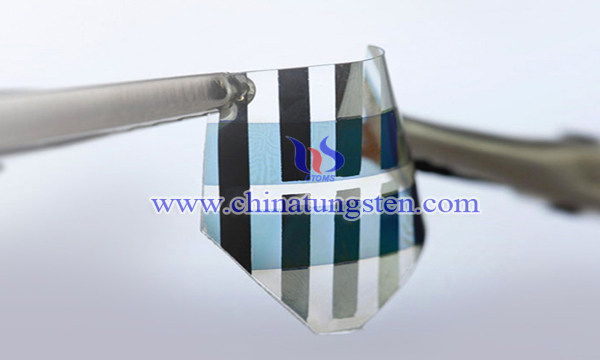
When 3M scientists combined ordinary tape with Dupont's impervious cellophane in 1930 to produce a clean, inexpensive adhesive device, transparent tape, the United States was in the midst of the Great Depression. This product was very suitable for saving population and manpower - a remarkable progress. Transparent tape can be used to repair cracks in various materials. Musicians use transparent tape to repair torn music scores; women, repair broken nails; accountants, restore torn books; and banks, repair torn money.
US Tungsten Carbide Scrap Prices Hit Record Low
- Details
- Category: Tungsten's News
- Published on Friday, 06 September 2019 09:00
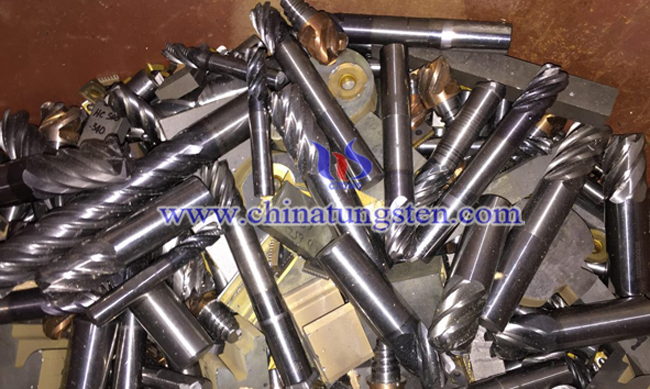
US tungsten carbide scrap prices fell to the lowest level in more than a decade amid a decline in ammonium paratungstate (APT) prices and historically large volumes of virgin and scrap tungsten carbide inventory.
Mensur Suljovic Won Austrian Darts Championship, Defeating van Gerwen
- Details
- Category: Tungsten's News
- Published on Friday, 06 September 2019 08:58
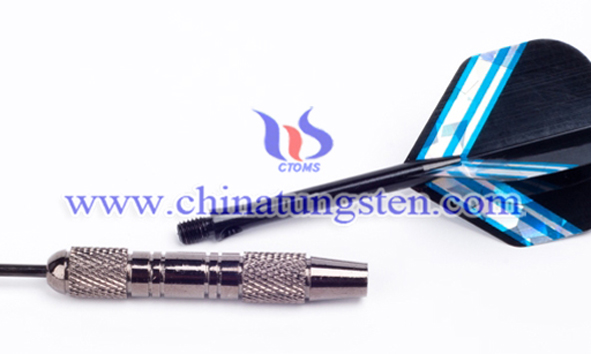
Mensur Suljovic delighted his home crowd by producing a stirring comeback from 6-3 down to defeat Michael van Gerwen 8-7 and claim glory in the Austrian Darts Championship on a thrilling night in Vienna.
Michael van Gerwen Is the Top Seed of World Grand Prix in October
- Details
- Category: Tungsten's News
- Published on Friday, 06 September 2019 08:55
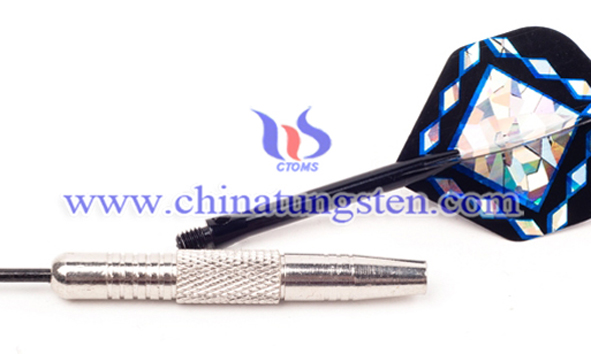
World number one Michael van Gerwen has been installed as the clear favourite to surge to victory at the World Grand Prix in October. The world’s finest players will descend upon Dublin to battle it out for glory and a share of the £450,000 prize money, which is up from £400,000 last year.


 sales@chinatungsten.com
sales@chinatungsten.com